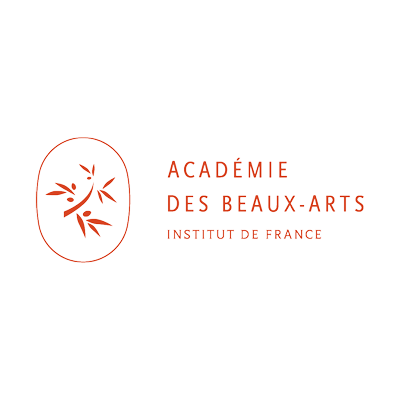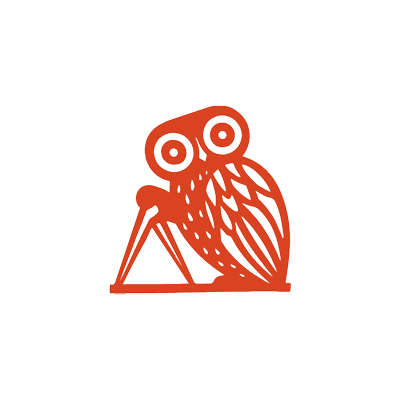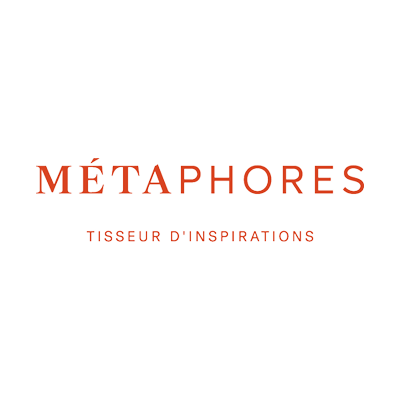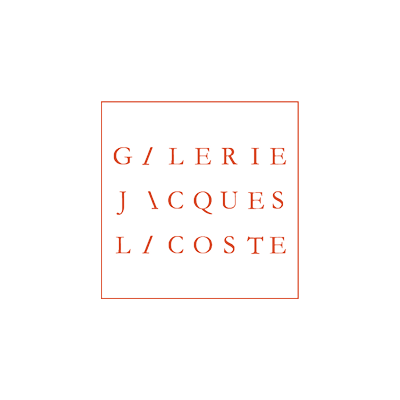
For its second edition, under the patronage of the Académie des beaux-arts, the Conseil économique, social et environmental, and the Mobilier national, Genius Loci is offering the public its first glimpse of an art deco masterpiece conceived by architect Auguste Perret in 1932, on the seventh floor of the building at 51 Rue Raynouard in Paris.
The exhibition-experience Genius Loci, L’Appartement d’Auguste Perret, curated by Marion Vignal, is an opportunity to discover the multiple facets of the builder who wanted to “make architecture sing” – Perret the designer, the decorator, the lover of sculpture, music and poetry, the fancier of owls and angels. His neoclassical approach to the use of reinforced concrete, the purity of his aesthetic with its references to antiquity, as well as his key sources of inspiration are celebrated through works and installations, many created especially for the event, by 34 guest artists in disciplines ranging from sculpture to perfume.

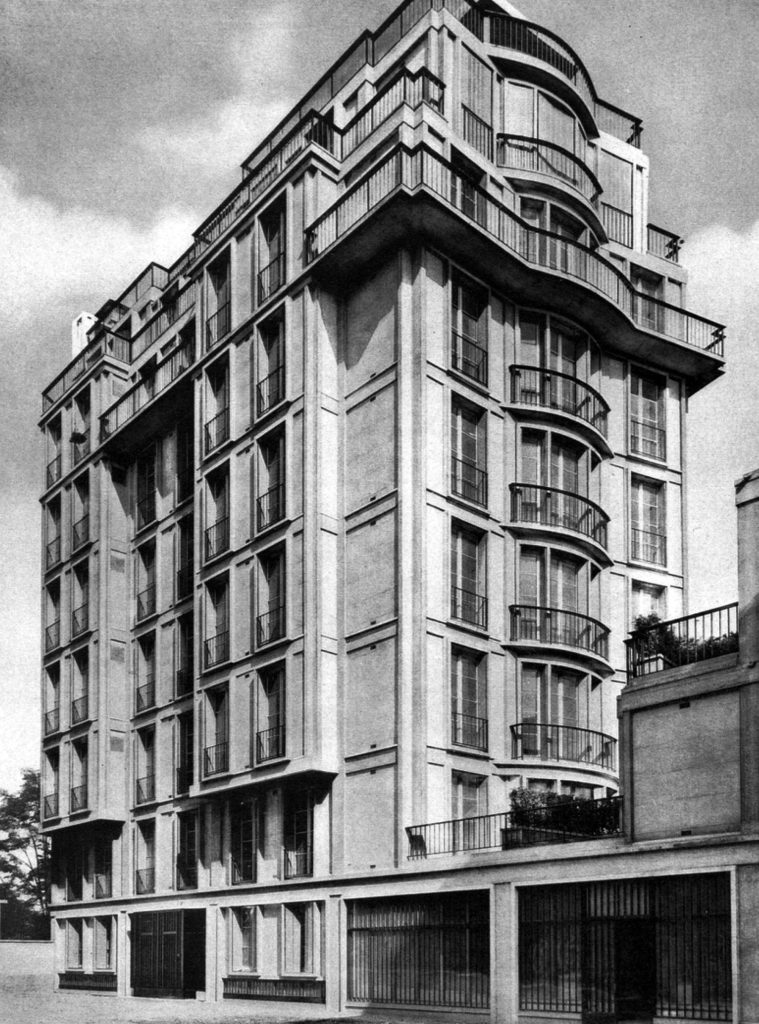








A visionary architect, entrepreneur and pioneer of reinforced concrete, Auguste Perret created, with 51 Rue Raynouard, in the Passy district of western Paris, a work of full maturity.
He was nearly 60 years old in 1932 when he installed his agency on the ground floor of the building and, on the seventh floor, his own private apartment with a panoramic view of the Paris skyline.
By then Perret had already completed his building on Rue Franklin, the Ponthieu garage, the Théâtre des Champs-Élysées and Salle Cortot. The construction projects of the Mobilier national building and the Palais d’Iéna were in the preparatory stages.
With his quote Ne douter de rien affixed to the windows of the antechamber, architect Aldric Beckmann was aiming to celebrate the audacity of Auguste Perret and his modern vision of construction. His installation in the form of a veil, a pixelated panorama of the urban landscape, was in dialogue with the towers of Beaugrenelle opposite the building on Rue Raynouard on the other side of the Seine, an expression of the vertical city of the 1960s that Perret had already imagined at the beginning of the 20th century.
In the dining room on Rue Raynouard, entirely lined with oak paneling, the Brazilian-born painter Daniela Busarello pays tribute to Perret the builder through the finesse of a painting on gauze specially produced using wax and pigments from minerals found in the earth beneath Paris. Her work, entitled Deviens ce que tu es, was inspired by the teachings of Auguste Perret, who advocated an economy of means, and upholds the concept of genius loci, transforming simple minerals into living urban pigments.
For the hexagonal bathroom that punctuates the apartment’s series of spaces, the artist Thomas Devaux created Totem 12.74 to go above the Jerusalem stone bathtub, low-set as though hollowed out of the floor. This triptych in dichroic glass, pigment print and gold leaf creates ever-changing reflections that interact with the mirrors and varying light in the space, infusing it with a new sanctity.
In cooperation with the artist Vincent Leroy, composer Jérôme Échenoz conceived Ferroconcrete 51, an audio mobile made up of speakers and Fresnel lenses that encourages an ethereal exploration of the concrete space, becoming the culmination of the visitor’s path through the apartment. Hanging from the domed bathroom ceiling, it flutters gently, emanating an enigmatic sound that reflects the room’s atmosphere of mystery.
Deployed throughout the apartment, the olfactory installation by Atelier Ellena offers an unusual, creative insight into the hidden facets of the architecture, evoking the private life within these walls of Auguste Perret and his wife Jeanne, called “Perrette” by intimates. The vestibule is infused with the scents of “Perret”, a fragrance featuring notes of leather, books, newspapers and eaux de cologne, conjuring impressions of a bygone era. In the bathroom, “Auguste” evokes the couple’s innermost private life with chypre and carnation notes mingled with fresh, clean accords, signatures of an era.
The limited edition Auguste lamps were conceived by Constance Guisset in situ as an homage to Auguste Perret, in dialogue with his Rue Raynouard apartment. The walnut and satin-finish glass Auguste 1 sconce is attached to the concrete column, animating the immense white dome of the living room ceiling to the rhythm of swirling highlights. The lamp is an incitation to the contemplation of an imaginary sky, varying from hot to cold, from sunlight to moonlight. In the bedroom, Auguste 2 stands like a living sentinel on the floor, its mysterious iridescence echoing the glass bead sconces designed by Perret on either side of the mirrors.
In response to an invitation from curator Marion Vignal, the artist Théo Mercier uses the living room’s two bookcases as the setting for a selection of sculptures, recalling Perret’s devotion to the art form. The artist transposed the “curiosity cabinet” from his Parisian studio to the seventh floor of the Rue Raynouard building. The rationalist design of these wooden cases provides the backdrop for artworks, sculpture fragments and archaeological pieces, real or fictional, that resonate with our cultural memories and our relations with objects.
Inspired by the furniture with hidden compartments designed by Auguste Perret, Émilie Paralitici, image and creative director of Métaphores, conceived Latitude, an oak, brass and leather marquetry end table whose lines evoke the facade of the Rue Raynouard building. This exceptional handcrafted work pays homage to Perret’s genius and rationalist aesthetic.
Entitled Infinity Chandelier, the digital work in the form of a video NFT by the Catalan designer Eugeni Quitllet invites the viewer to enter a new dimension. An infinite chandelier appears in the white halo of the living room, connecting the Parisian apartment with the heavens – an intriguing extension between the architecture and the cosmos.
Like a dream-catcher, Infinity Chandelier changes form as it turns into a passageway to another dimension, holding out an invitation to explore the creativity within each of us and the power of our intuition. An ode to inspiration, the piece fits in naturally with Quitllet’s oeuvre, creations that challenge the law of gravity and the limits of physical matter.
In the bedroom, the fabric installation by the Brazilian artist Bruna Vettori recalls Perret’s passion for poetry. Entitled La Permanence, this calligraphic work incites us to perceive words as an elemental component of our own structures. With a delicate, gossamer creation, the artist explores the weight of words.
Sharing Perret’s fascination with owls, Pierre Yovanovitch collects owl figurines of all eras. For this project, the interior designer created Lady Marguareth, an armchair inspired by his favorite bird, a symbol of wisdom and vision. Hand-sculpted from solid oak, it reigns in majesty over the décor of the Perret’s bedroom.
By Eugeni Quitllet
A symbol of creative energy, the chandelier is in perpetual motion, springing forth from the center of the white halo on the ceiling of the apartment’s living room. Like a dream-catcher, Infinity Chandelierchanges form as it turns into a passageway to another dimension, holding out an invitation to explore the creativity within each of us and the power of our intuition. An ode to inspiration, the piece fits in naturally with Quitllet’s oeuvre, creations that challenge the law of gravity and the limits of physical matter.
Infinity Chandelier is the first NFT in a series created by Eugeni Quitllet.
The work will be auctioned on the Load platform beginning October 13, 2022. After its sale, 20% of the proceeds will be donated to La Source, a non-profit organization founded by Gérard and Elizabeth Garouste that helps children living in difficult circumstances seek fulfillment through access to art and culture.
Infinity Chandelier – 2022
Nft – unique piece
Courtesy Eugeni Quitllet
Special commission for Genius Loci
Curated by Marion Vignal
Executive production – Artbox
Special thanks – Alex Simorre
The Académie des beaux-arts is one of five academies that constitute the Institut de France. It supports creative arts in all its forms of expression by organizing competitions, awarding prizes, financing artists residency programs, attributing subsidies and otherwise ensuring the preservation of French cultural legacy. In order to carry out its mission, the Académie des beaux-arts manages a heritage built through donations and bequests as well as significant cultural foundations such as the Musée Marmottan Monet (Paris), the Maison Claude Monet and its gardens (Giverny) or the Villa Ephrussi de Rothschild (Saint-Jean-Cap-Ferrat).
At the crossroads between the public sector and civil society, the Conseil économique, social et environmental (CESE) engages with the Executive and the Parliament in the drafting of legislation and public policy. It is one of the three Assemblies acknowledged in the French Constitution alongside the Assemblée Nationale and the Senate as a forum for citizen participation. Its role is to foster informed public policy decisions and to rise to the challenges of the present and the future. CESE has been headquartered since 1959 in the Palais d’Iéna, a modern architecture masterpiece listed as a Monument Historique, originally designed by Auguste Perret in 1939 as a Museum of Public Works.
As a supporter of crafts and creation since the 17th century, Mobilier national’s mission is to ensure the preservation and restoration of its unique collections, to perpetuate and pass down exceptional craftsmanship. As a major heritage site, the institution is also an important actor of contemporary creation and promotes French decorative arts. The Mobilier national is a public administrative institution attached to the Ministry of Culture. It has been established in Paris since 1937 in a building designed by Auguste Perret located in the former gardens of the Manufacture des Gobelins.
Established in 1963 by Auguste Perret’s last students, the Auguste Perret association, chaired by Christiane Schmuckle-Mollard comprises urban architects, historical monuments and XXth century heritage specialists as well as architecture historians. Its purpose is to maintain and preserve the private apartment on 51, rue Raynouard in which Auguste Perret and his wife resided until their passing. It also contributes to showcasing Auguste Perret and his legacy by exhibitions and conferences. Since 2022, this Art Deco masterpiece, listed as a Monument Historique, has belonged to the Fondation Auguste Perret – Académie des Beaux-Arts.
The Services division of SPIE Industry & Services, a subsidiary of SPIE France, engages with its customers, offering a high level of dedicated expertise in smart, high-performance buildings. As a leader in its sector, the Services division strives to enable innovation in everyday practices. By contributing to making buildings ever smarter, friendlier to humans and more interconnected, its 3,200-strong workforce improve the comfort and well-being of occupants, reducing the carbon footprint to the environment. Thanks to its tight network of 90 proximity outlets, the nation-wide organization is able to capitalize on the wealth of its know-how so as to meet its clients’ expectations.
An innovator in weaving and fabrics edition for interior design, Métaphores is a celebrated brand, inspiring and contemporary, belonging to Hermès’ textile division. Métaphores, the finest of French signatures, brings together the centenarian know-how of Verel de Belval for silk furnishings and Le Crin for hand-woven horsehair, as well as the mastery of textile materials with remarkable sensory and visual creativity. Métaphores fabrics are born of a subtle alchemy between materials, history and gesture, supported by its rigorous choice of partners and careful selection of raw materials. This overarching sustainable development approach lowers the environmental impact of the collections.
Ever since the 2017 opening of his flower-workshop in the quiet surroundings of a Marais courtyard in Paris, Louis-Géraud Castor has been true to the guiding principles that sustained him for over fifteen years as an art dealer: always seek and convey beauty in the expression of its essence. The natural materials he uses form an artist’s palette that draws from the roots of his most admired art genres: colors, as in early Dutch paintings; texture in the manner of Jean-Michel Frank and the visible hand of the toiling artisan. Compositions are conceived as tandems: part object, part living and changing beings. At once a triumph of French elegance and a partially ephemeral work, the vase ceases to be merely a container to become an extension of life itself, an element chosen among such contemporary artists as Mathilde Martin, Alana Wilson or Denis Polge. As a committed artisan, Louis-Géraud Castor would rather follow the demands for seasonality and freshness than obey demands for ornamentation and ostentation. Each of his choices is elevated to symbolize living matter and lived experience. His approach is consistent with a sustainable movement in which flowers are once again seen as luxury items deserving of respectful care owed to mother nature and its seasonal rhythm.
